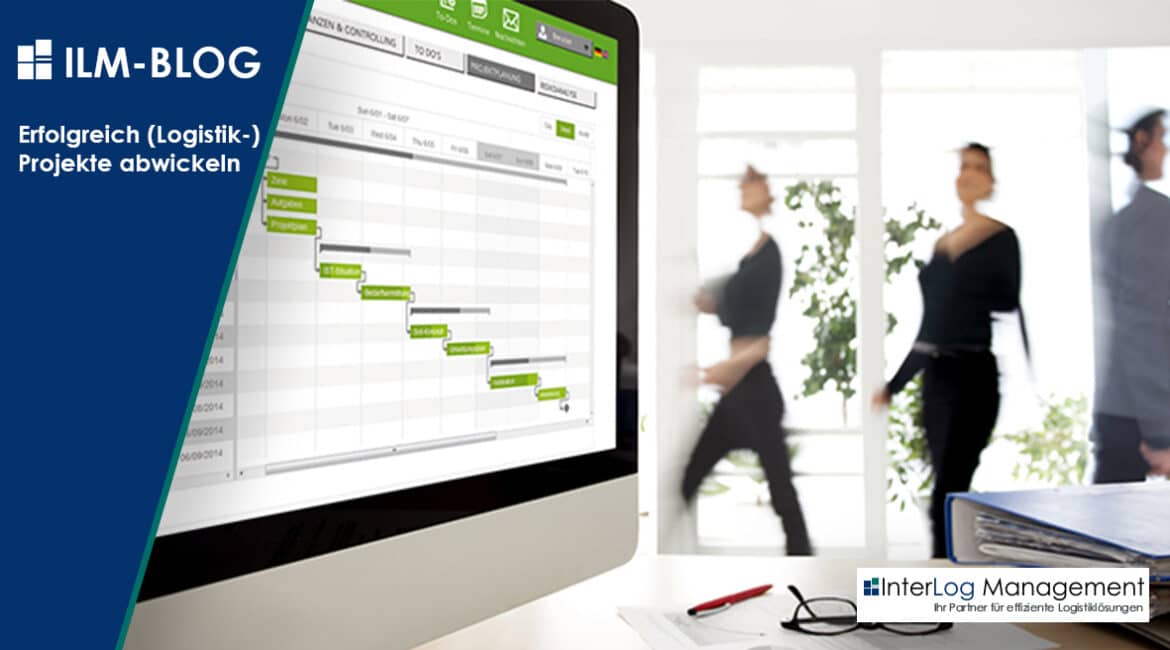When is a project successful and how can you significantly influence the success within a project? Regardless of the industry and company size, the way projects are handled and managed in many companies today is shaped by their culture and mission statement and is therefore different. There are different approaches, such as the classic or agile (Scrum, Six Sigma, etc.), project management. Depending on project content and characteristics, the right choice should be carefully considered. The qualification of your own employees and the provision of the necessary personnel resources for a project is indispensable. Experience shows that a conflict of interest often arises between project work and daily business. Regardless of the choice of project management method, we believe the following factors are crucial for project success: a clear formulation of objectives, gathering stakeholder expectations, defining project risks and knowing the critical path, communicating the course of the project on a regular basis, continuously reviewing the choice of a project management tool, tasks, objectives and mission.
Project management and quality standards
We have defined our own project management and quality standards within our organization. These include clearly defined project role descriptions and a uniform approach of our consultants and project managers in the organization and control of projects. Ultimately, our own rules of the game are thus clearly defined. To ensure quality and the achievement of objectives within the project, we have implemented an internal quality check process consisting of various phases. Essentially, project parameters defined before, during and after the project are jointly queried and discussed by the project team.
In addition to a good training of the project managers, which should be emphasized, a clear definition of the project management method before the project starts is essential. Above all, the project client, i.e. the customer, should definitely be involved in this decision. In our next series we will discuss which projects lend themselves to a classic and which to an agile method.
Determining the project management method: classic or agile?
Classic project management methods are often used in construction or modernization projects. They require a clear project organization and focus on the achievement of objectives. The project goals are clearly defined. Deviations or changes are classified as disruptive, as they are sometimes cost-intensive. This approach is strongly plan and process driven and includes many rules and tasks that are monitored and controlled by a higher authority (project control/project management). By the way, the full benefit only emerges at the end.
Agile methods (Scrum, Kanban etc.) come from software/product development. Especially in dynamic environments, where requirements are constantly changing due to the use of innovative technologies and where markets are developing rapidly, agile methods have a clear advantage. They are suitable for projects with a short duration, support flexibility in achieving goals and put customer benefit in the foreground. Changes are classified as meaningful improvements. The project team organizes itself, which often results in a high team motivation with high team performance.
Conclusion: Both models certainly have their justification, advantages and application areas. In many industries or use cases, classic project management must be used because agile processes are not suitable here. In order to arrive at an initial assessment of a project as to which approach is probably the most goal-oriented, the Stacey Matrix can also provide a good orientation.
Digital Project Management — Using a PM Tool
Many companies still use Excel spreadsheets for project planning and execution. Excel is familiar and easy to use, but especially with complex projects, the overview is quickly lost, especially with multi-project management, which can have fatal consequences. Basically a project should always be handled with high efficiency. A good organization as well as communication are therefore indispensable.
We handle our projects with our specially developed PM application i‑ProjectRoom. This enables us to make the necessary information and inputs available to all project participants at any time and thus to communicate directly or indirectly. The spectrum of communication within the web application ranges from direct notifications, to-dos or appointment polls to the recording of budgets, risks, protocols, appointment calendars, milestone plans or general documents about the project. The project dashboard provides us with all relevant project information (progress, to-dos, budget and risks) at a glance. The project traffic light shows us whether we are on track or whether we need to take action.
Conclusion: not handling projects digitally or with a PM tool can significantly endanger the success of the project. Talk to us. We will be happy to support you in choosing the right PM-Tool.

